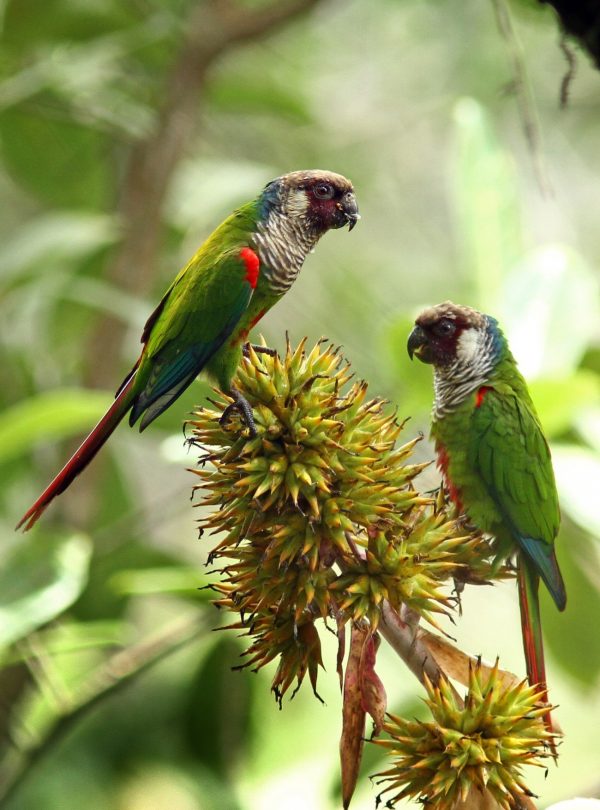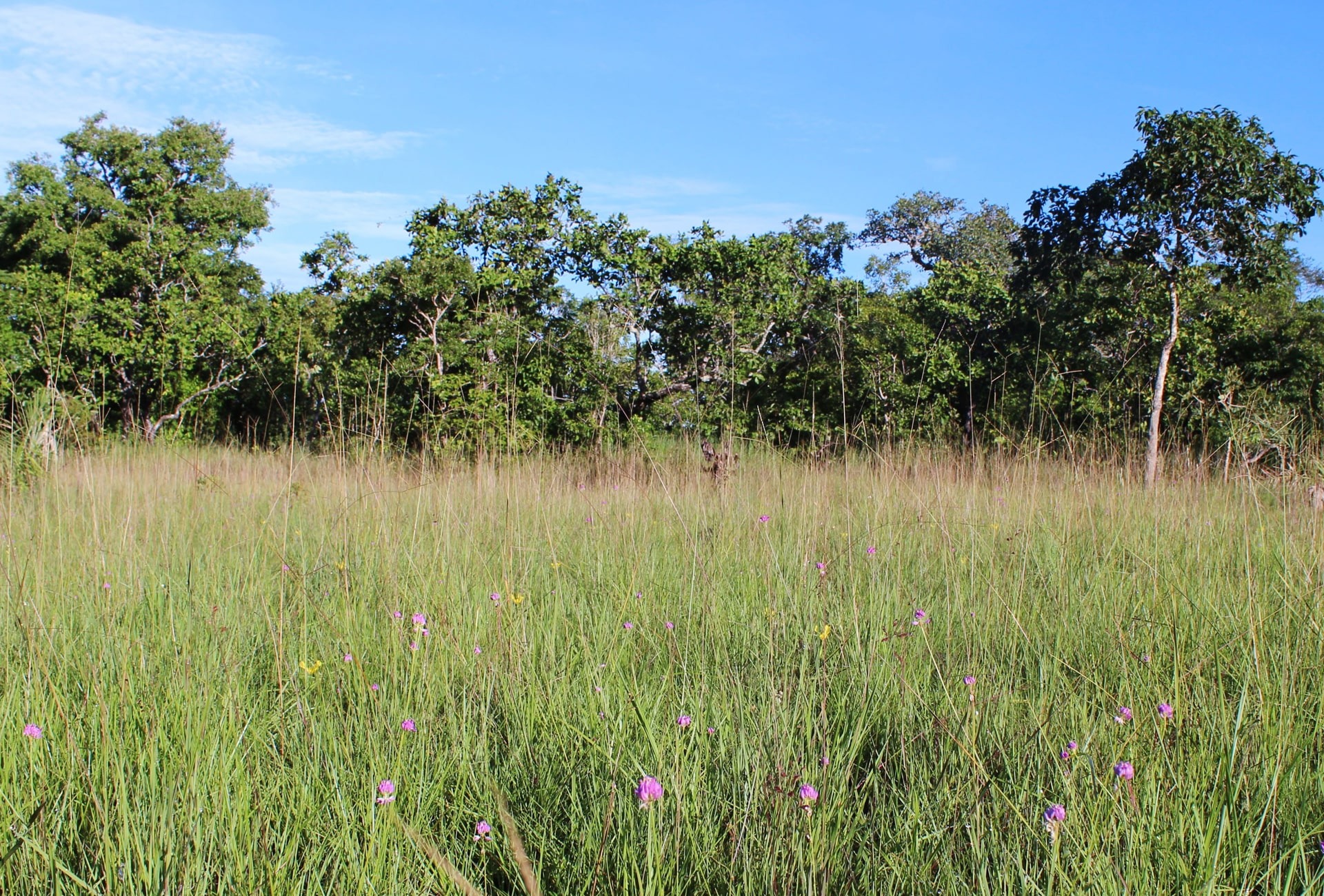
First protection for the rediscovered Kaempfer’s Woodpecker in Brazil
Support More Work Like ThisSupport More Work Like ThisThe cerrado biome of central Brazil is the world’s most biodiverse tropical savanna.
-
Species at Risk
Kaempfer’s Woodpecker (EN), Giant Otter (EN), Lowland Tapir (VU), White-lipped Peccary (VU), Marsh Deer (VU), Giant Anteater (VU), Giant Armadillo (VU), Bananal Antbird (VU), Chestnut-bellied Guan (VU)
-
Carbon stored
17,000*
*(metric tons of CO2 equivalents) -
Partner
Instituto Araguaia
-
593 Proposed Acres Conserved by
Purchase
Please note that your donation may not be immediately reflected in the funding thermometer above.
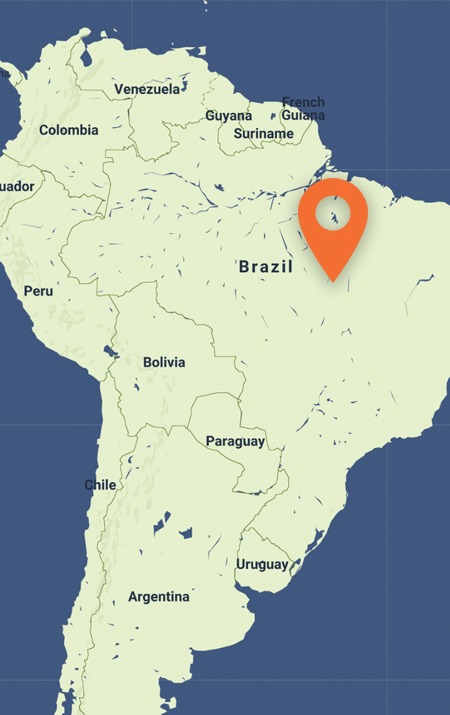
593
The cerrado biome of central Brazil is the world’s most biodiverse tropical savanna.
-
Species at Risk
Kaempfer’s Woodpecker (EN), Giant Otter (EN), Lowland Tapir (VU), White-lipped Peccary (VU), Marsh Deer (VU), Giant Anteater (VU), Giant Armadillo (VU), Bananal Antbird (VU), Chestnut-bellied Guan (VU)
-
Carbon stored
17,000*
*(metric tons of CO2 equivalents) -
Partner
Instituto Araguaia
-
593 Proposed Acres Conserved by
Purchase
Please note that your donation may not be immediately reflected in the funding thermometer above.

593
The cerrado biome of central Brazil is the world’s most biodiverse tropical savanna. Due to its high agricultural potential, it is also one of the most threatened biodiversity hotspots in the world: 80 percent of its original area is already gone, and protected areas safeguard only three percent of the remaining habitat.
In the Araguaia valley of central Brazil, moist lowland cerrado comes into direct contact with Amazonian flooded forest, resulting in very high levels of biodiversity. Within this imperiled landscape lives the Endangered Kaempfer’s Woodpecker, only described as a species in 2006. Its habitat consists of bamboo forests, semi-open cerrado and successional areas on the edge of dense cerrado forest.
Unfortunately, only the Amazonian part of this region is protected through Cantão State Park and Araguaia National Park. The cerrado portion of the Cantão ecosystem is comprised of private lands undergoing rapid deforestation, which provide the vast majority of Brazil’s annual soybean harvest. High land costs and Brazil’s economic dependence on agricultural exports make establishing government protected areas unfeasible and politically challenging, leaving private conservation areas as the only viable alternative.
Rainforest Trust and local partner Instituto Araguaia seek $647,380 to conserve a portion of the Araguaia valley through the purchase of a 593-acre private property that encompasses Kaempfer’s Woodpecker habitat next to Cantão State Park. Our partner will also plan a new program that aims to protect 5,000 acres of cerrado in a network of interconnected private reserves (called RPPNs) around Cantão State Park.
Explore Brazil
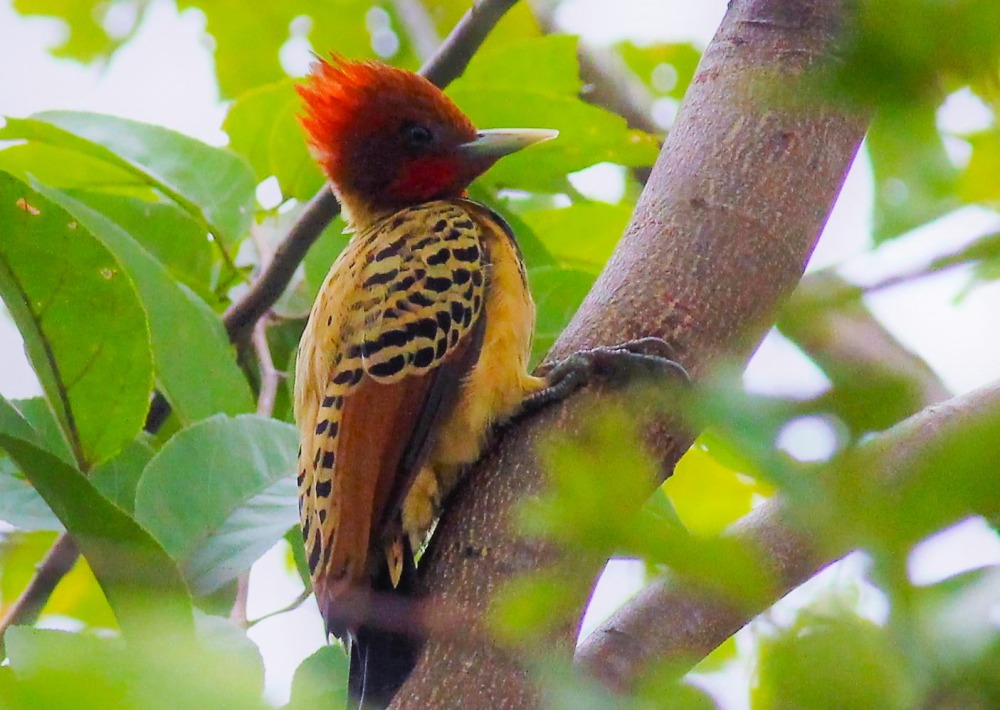
The Endangered Kaempfer's Woodpecker of Brazil, by Instituto Araguaia
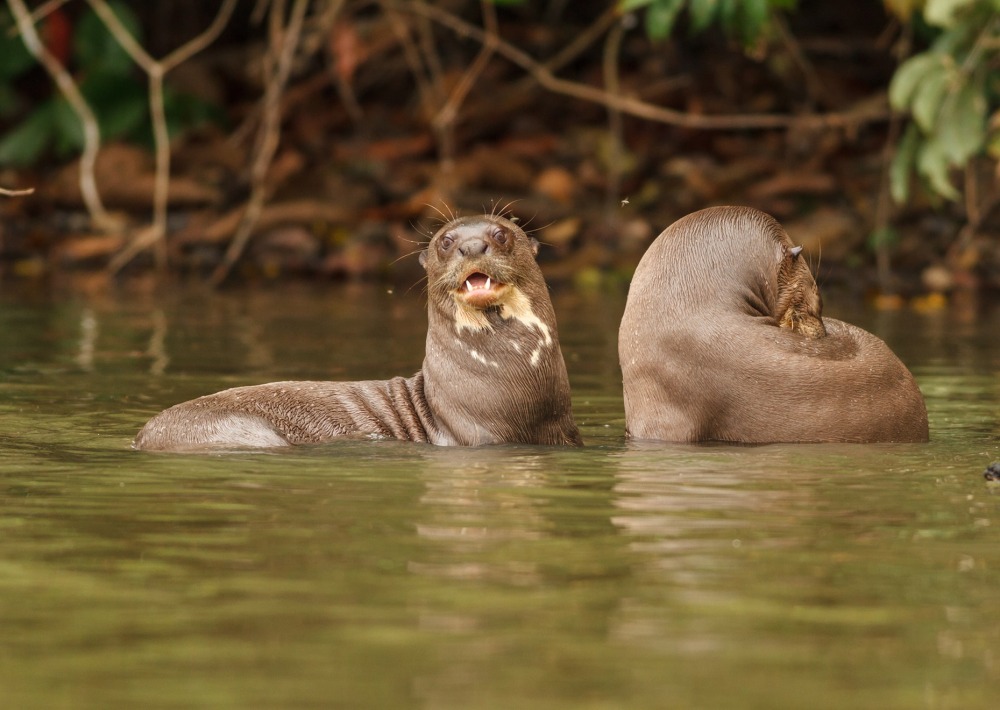
The Giant Otter, by Christian Vinces
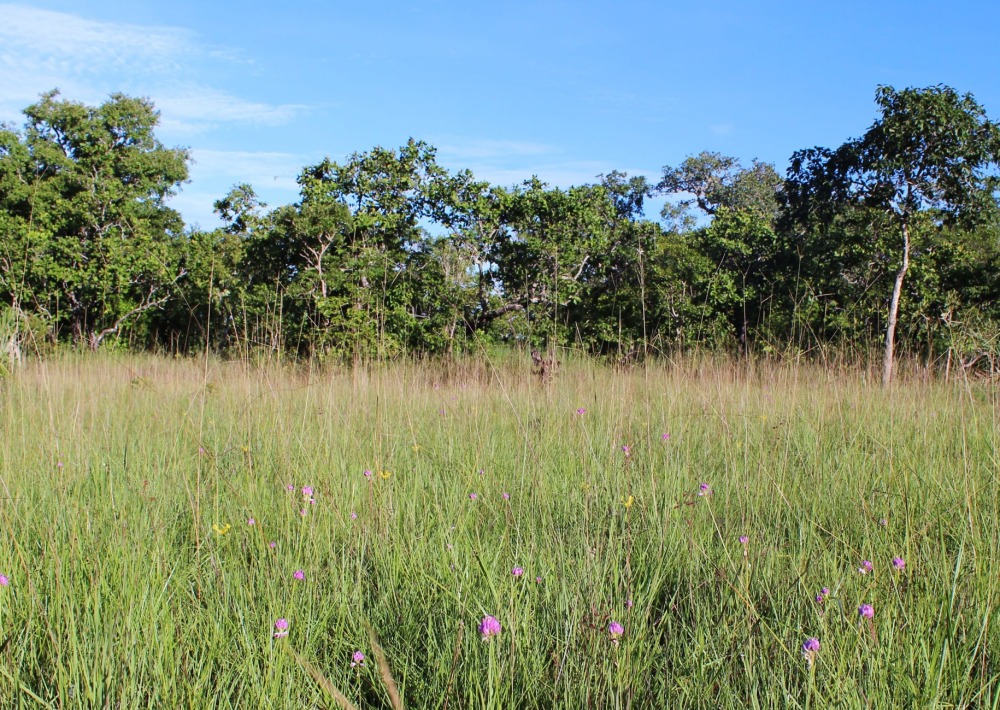
The project landscape in Brazil, home to the Endangered Kaempfer's Woodpecker, by Instituto Araguaia
The 593-acre property for sale has exceptional levels of biodiversity for Central Brazil and provides habitat for two Endangered species: the Giant Otter and Kaempfer’s Woodpecker.
Originally discovered 80 years ago, the red-crested Kaempfer’s Woodpecker was thought to be extinct until it was rediscovered in the region in 2006. It depends on the cerrado landscape as it forages on ants within the bamboo forests. While their range seems large, scientists believe the overall population is small and the birds occur only in scattered patches of cerrado habitat interspersed with bamboo. This landscape also supports Endangered Giant Otters, who prefer large, slow-moving rivers and lakes with high fish densities. The property also supports seven Vulnerable species: the Lowland Tapir, White-lipped Peccary, Marsh Deer, Giant Anteater, Giant Armadillo, Bananal Antbird and Chestnut-bellied Guan. Within the 2 mile-wide buffer zone of Cantão State Park, there are 435 species of birds, 298 species of fish and an abundance of megafauna. In addition to Endangered and Vulnerable species, this area is also home to imperiled Black Caimans, Jaguars, Arapaima fish and the newly-discovered Araguaia River Dolphin.
The main threat to the cerrado of the Araguaia valley is agricultural expansion. Since 2013, soybean farmers have cleared around 250,000 acres of cerrado here and expansion of industrial soybean farms continues unabated. Since the regional economy depends on agricultural exports, soybean expansion is expected to persist – and with it, deforestation and pollution of rivers with pesticides.
There are no protected areas of lowland cerrado anywhere in the Araguaia valley. Given current trends, this ecosystem—which has the highest rainfall and richest soil of all cerrado formations—will fragment into small patches and strips along rivers. More than just cerrado specialists are in peril; the cerrado side of the Cantão State Park serves as a critical refuge for large terrestrial fauna pushed out of the Amazonian forests during high floods, which occur periodically. Loss of cerrado habitat at this ecosystem nexus could also result in the eventual loss of the Amazonian megafauna of the region, including large populations of threatened mammals.
Over the past 30 years, settlers in the region have included homesteaders who established cattle ranches and landless people from other parts of Brazil that the government resettled in rural areas. The Brazilian government allocated almost 100 acres of land per family to settlers in the government-designated rural projects to live and farm.
Our local partner engages with the community in a variety of ways throughout the year. For example, on World Environment Day and the anniversary of Cantão State Park’s creation, staff give educational presentations to community school children. They also hold an annual canoe festival, where they hold traditional canoe racing, presentations and other cultural events.
Rainforest Trust and our local partner urgently seek $647,380 to purchase the 593-acre private property containing important Kaempfer’s Woodpecker habitat.
The new reserve will be registered with the state as a private nature reserve (RPPN) to add an extra layer of protection for the property and will serve as an example for other landowners interested in establishing reserves on their own properties in the future. In addition to purchasing this key property and establishing an RPPN, our partner’s long-term goal is to launch a landscape-scale initiative to work with landowners to establish a network of private reserves across approximately 5,000 acres.
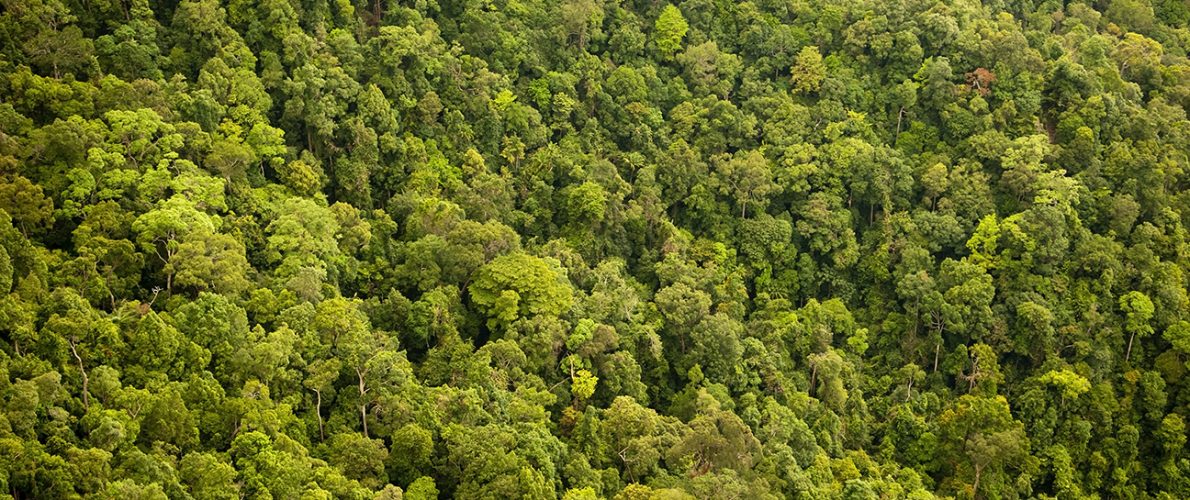
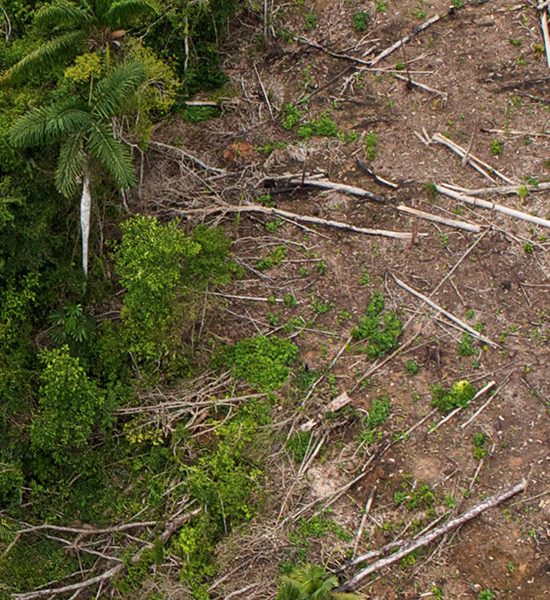
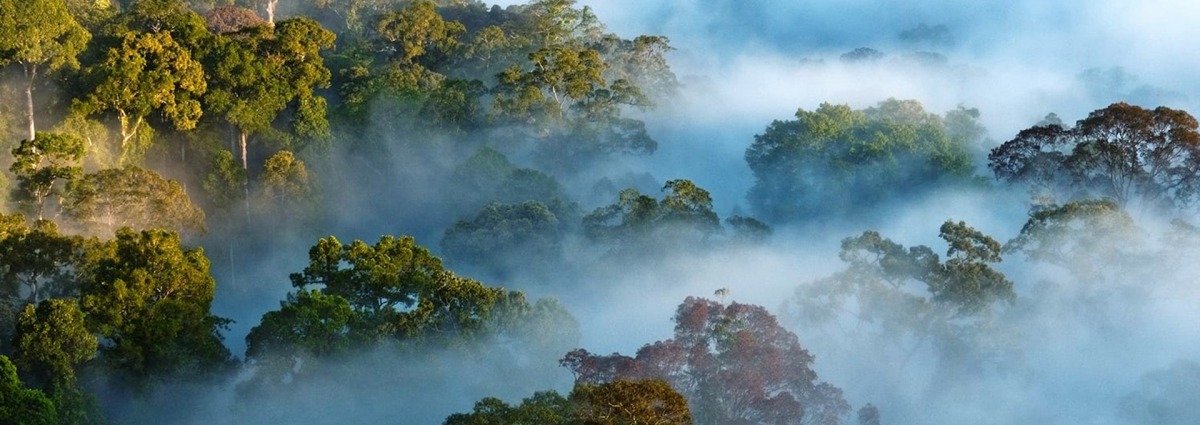

Partnering to Save Rainforest
Our partners’ ability to work with their governments and build strong connections with local communities ensures the successful implementation of our projects.
Learn More About This PartnerLearn More About This PartnerSign up to receive the latest updates
"*" indicates required fields
100% of your money goes to our conservation efforts
Our board members and other supporters cover our operating costs, so you can give knowing your whole gift will protect rainforests.

